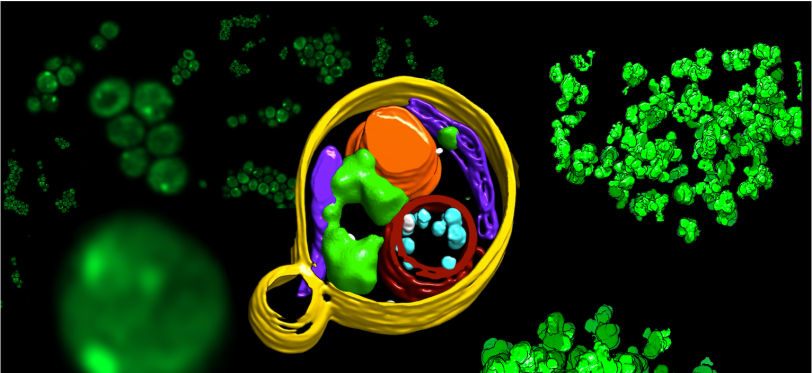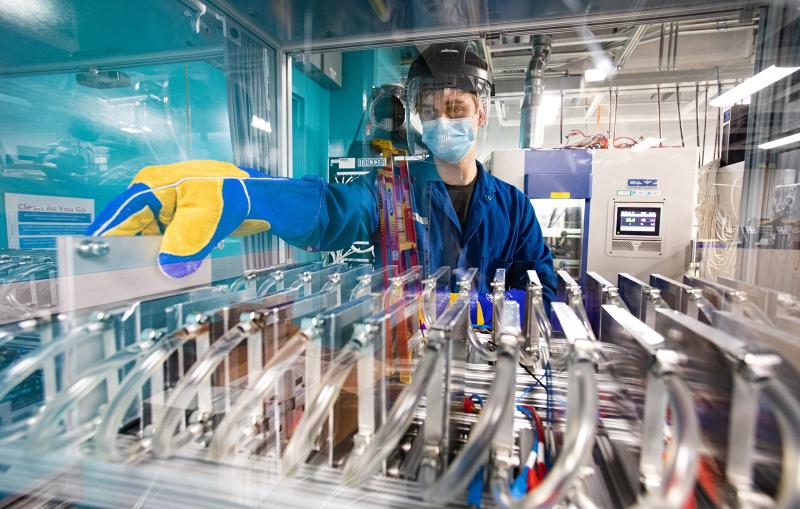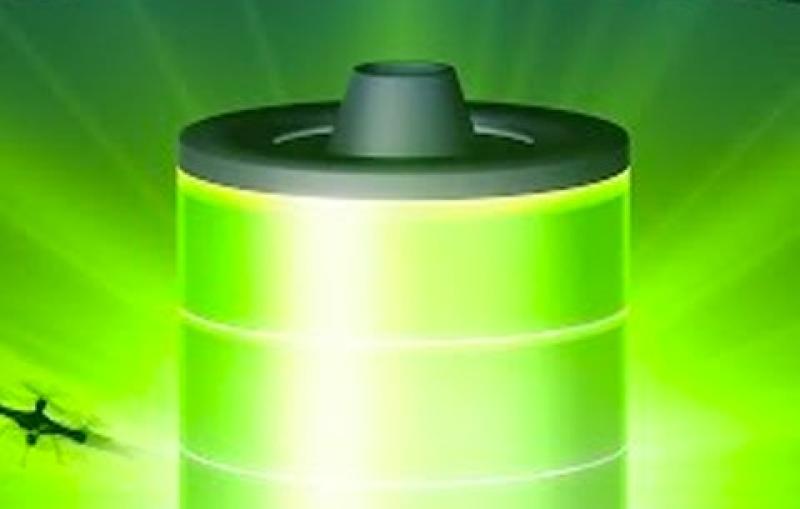SLAC, Stanford to host national service center for cryo-ET sample preparation
The center complements other NIH centers at SLAC and elsewhere that broaden access to this cutting-edge technology for biomedical research.
By Glennda Chui
The National Institutes of Health is establishing a national service center at the DOE’s SLAC National Accelerator Laboratory and Stanford University where biomedical researchers can learn how to prepare extremely thin specimens that are frozen into a glassy state for cryogenic electron tomography (cryo-ET), a powerful tool for directly visualizing cellular components in 3D.
The new Stanford-SLAC CryoET Specimen Preparation Service Center (SCSC) complements another NIH-funded facility on the SLAC campus, the Stanford-SLAC Cryo-EM Center (S2C2), where researchers from across the country can access multiple state-of-the-art instruments and receive training in how to use them to determine the atomic structures of molecules and molecular complexes and their arrangement within cells. Both are part of a broader initiative by the NIH Common Fund to make this technology more available across the scientific community.

Cryo-ET is a variation on cryogenic electron microscopy, or cryo-EM, that uses streams of electrons to make 3D images of flash-frozen cells and their components at a resolution of less than a billionth of a meter. These rapidly advancing technologies have become revolutionary tools for probing DNA, RNA, proteins, viruses, parasites, bacteria, organelles and tiny molecular machines within animal and plant cells, revealing how they change shape and interact in complex ways while carrying out life’s functions.
The two NIH centers at SLAC are directed by Stanford/SLAC Professor Wah Chiu, who also co-directs the Stanford-SLAC Cryo-EM Facilities, built and jointly operated by the lab and the university, which opened two years ago in a separate building on the SLAC campus with four state-of-the-art instruments. Together these facilities make SLAC and Stanford one of the world’s leading centers for cryo-EM research, training, technology development and service to the scientific community.
“Preparing samples for cryo-ET studies is tricky,” Chiu said. “They have to be flash-frozen in a way that preserves them in a vitrified, or glassy, state without disturbing the original arrangement of their components, then meticulously sliced to obtain the right thickness so the electron beam can capture a clear, detailed image. In this center we will implement and teach streamlined processes for preparing these samples using state-of-the-art techniques, adding new methods as they come along. We’re excited to be part of this network for disseminating this knowledge and expertise.”
He added that the new center complements other imaging and diffraction facilities at SLAC, including the Stanford-SLAC Cryo-EM Center (S2C2), the Linac Coherent Light Source X-ray free-electron laser (LCLS) and the Stanford Synchrotron Radiation Lightsource (SSRL).Together they provide integrative and comprehensive structural biology tools across a wide range of length scales and degrees of biological complexity for answering the next challenging questions in biology and medicine.
SCSC is one of four national service centers for specimen preparation whose creation was announced by NIH; the others are at the University of Wisconsin-Madison, the network hub, which performs data collection for all the service centers; New York Structural Biology Center; and the University of Colorado.
SCSC and S2C2 are supported by the National Institute of General Medical Sciences of the National Institutes of Health under award numbers U24GM139166 and U24GM129541.
Contact
For questions or comments, contact the SLAC Office of Communications at communications@slac.stanford.edu.
SLAC is a vibrant multiprogram laboratory that explores how the universe works at the biggest, smallest and fastest scales and invents powerful tools used by scientists around the globe. With research spanning particle physics, astrophysics and cosmology, materials, chemistry, bio- and energy sciences and scientific computing, we help solve real-world problems and advance the interests of the nation.
SLAC is operated by Stanford University for the U.S. Department of Energy’s Office of Science. The Office of Science is the single largest supporter of basic research in the physical sciences in the United States and is working to address some of the most pressing challenges of our time.





